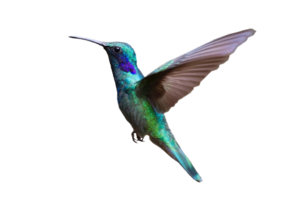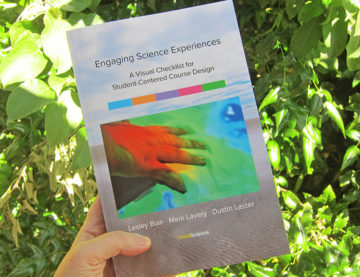VividScience Animals
A self-guided course for adult learners

Quick link for frequent visitors
Course Goal
Take five steps to learn biology you can use in the real world
Step 1
Access and build on what you already know about science.
You have a lifetime of knowledge about nature to work with. This course includes activities to assist you in recalling and reflecting on your experiences.
Step 2
Organize your science knowledge.
Think of it as designing exhibits in your personal mental museum about animals. We\’ll get you started with a plan that includes concepts, inquiry, and connections between science and other fields of study.
Step 3
Fill in gaps in your science knowledge.
Using animals as examples, add information and skills while challenging common misconceptions. Explore your environment for examples of science in action.
Step 4
Provide evidence for what you know.
Build a science portfolio of your work that you can use yourself and share with others. Demonstrate mastery of course outcomes in a meaningful and usable way.
Step 5
Plan for the future.
Design projects and excursions to discover more about the natural world. Explore, describe, and explain while sharing your continued science adventures.
Who is this course for?
OSU BI 102e Animal Biology
Coming January 2019: These course materials will be used in an online undergraduate biology course at Oregon State University. To learn more about taking this course for credit, visit OSU Ecampus.
VividScience Self Study
You are welcome to learn from these course materials. Exercise safety in all work, children should have adult guidance. All materials are copyrighted VividScience, contact us if you intend to reproduce any materials from these web pages, and please credit us in links.
How is this course structured?
10 modules organized around research questions
VividScience Animals is comprised of ten modules that answer questions you are likely to ask when encountering animals in the real world. Each module has three guides with mini-lectures, labs, questions, and products you can make. Ready to start?
Demos
Hands-on activities
Microscopy
Learning technologies
Research
Current issues
Illustration
Unique resources
Field Work
Learning on Location
How was this course designed?

First, we wrote a book
Teachers need teaching outcomes, just like learners need learning outcomes. We wrote and published an illustrated guide of the principles that we try to follow in developing a course.
Next, we selected learning outcomes
Science discovery is based on exploration, description, and explanation
Now, we are developing interactive web pages
Most online courses are housed in large-scale course management systems using simplistic and repetitive design. One course experience feels much like the next. With CSS, online course design is about to change, and we want to lead the way.
Join us for VividScience Animals
Mark shoots course video at an animal rehabilitation center